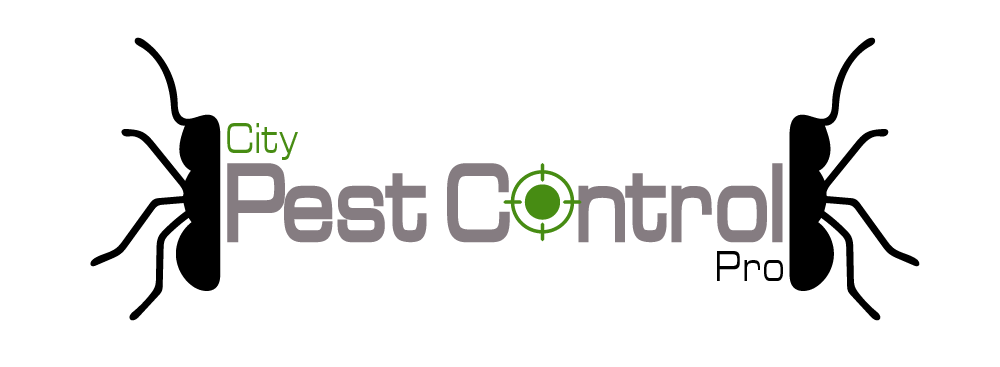Drywood termites are insects that feed on the wood in your house. Drywood termites are not to be confused with subterranean or damp wood termites. Dry woods don’t need contact with the ground (like subterranean) to survive, but they can live only in dry areas. They´re called dry wood because their soft, thin bodies can’t survive in moist wood.
Drywood termites don’t need moisture, as do subterranean termites to feed and survive. Drywood termite infestations often occur above ground level where it is dry, such as in arid regions of the Southwestern United States and Southern California. They also are found throughout western states. Drywood termite infestations are not common east of the Mississippi River.
How can drywood termites get into your home?
Drywood termites can squeeze through cracks as tiny as 1/64 inch wide so that they can get into your house through even the most well-sealed cracks. Because of their size and ability to live for long periods without food or water, dry wood termites are the most difficult pests to control. A small infestation can grow into a large one in just a few years.
There are several signs of a dry wood termite infestation, ranging from pest infestations to present activity. Look for discoloration on walls and ceilings, driven by tiny piles of frass (excreta). Light-colored, dry rot may be present in attic areas. Wood piles or firewood near the house should be examined for infestation. Crumpled wings and bodies of dead winged termites may be found beneath eaves, patios, or other protected sites.
Common entryways for Drywood termites?
Drywood termites are found mainly in the western United States. They’re not common in most areas east of the Mississippi River, although you can find infestations with any homegrown wood or mulch. In dry conditions, they might enter older houses through cracks as small as 1/64 inch wide. Drywood termite nests are found in the timbers, walls, and ceilings of a home. Generally speaking, any wood that’s no longer protected by paint or varnish is susceptible to infestation.
Drywood termites tend to live in dead lumber, firewood piles, and other materials outdoors where they’re exposed to air. Indoors, they may be found behind baseboards, in picture frames, or other old wood items.
